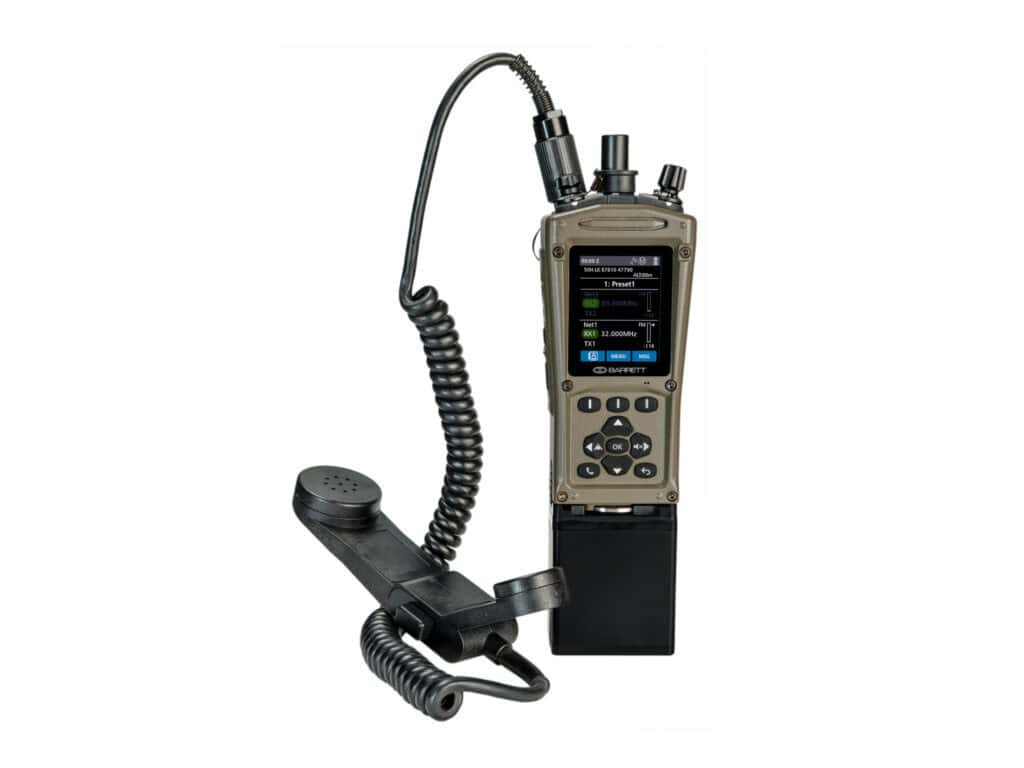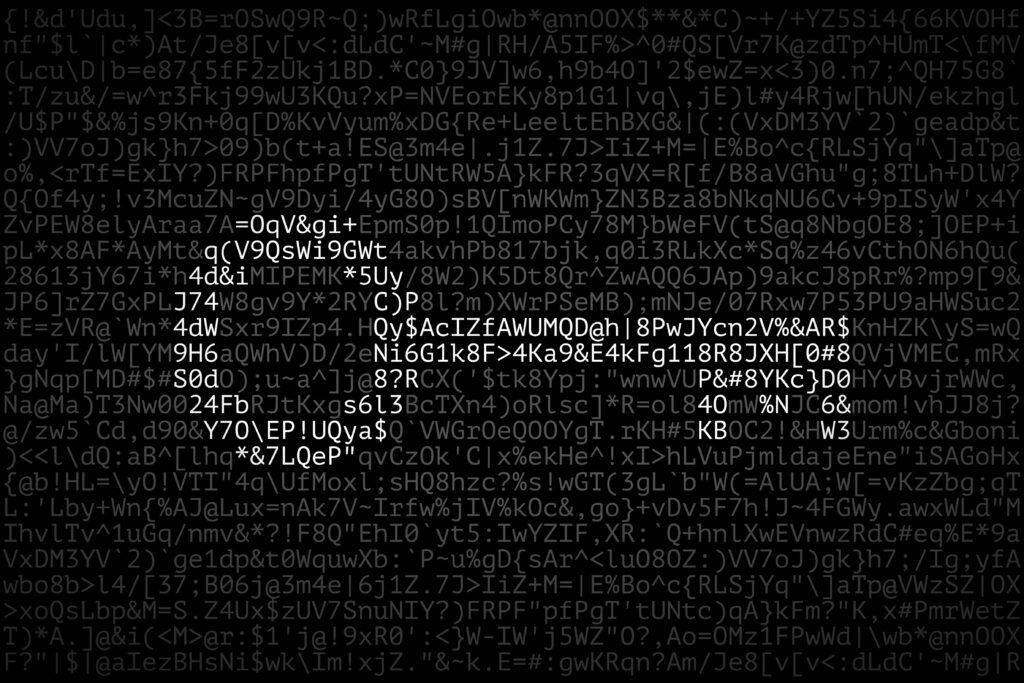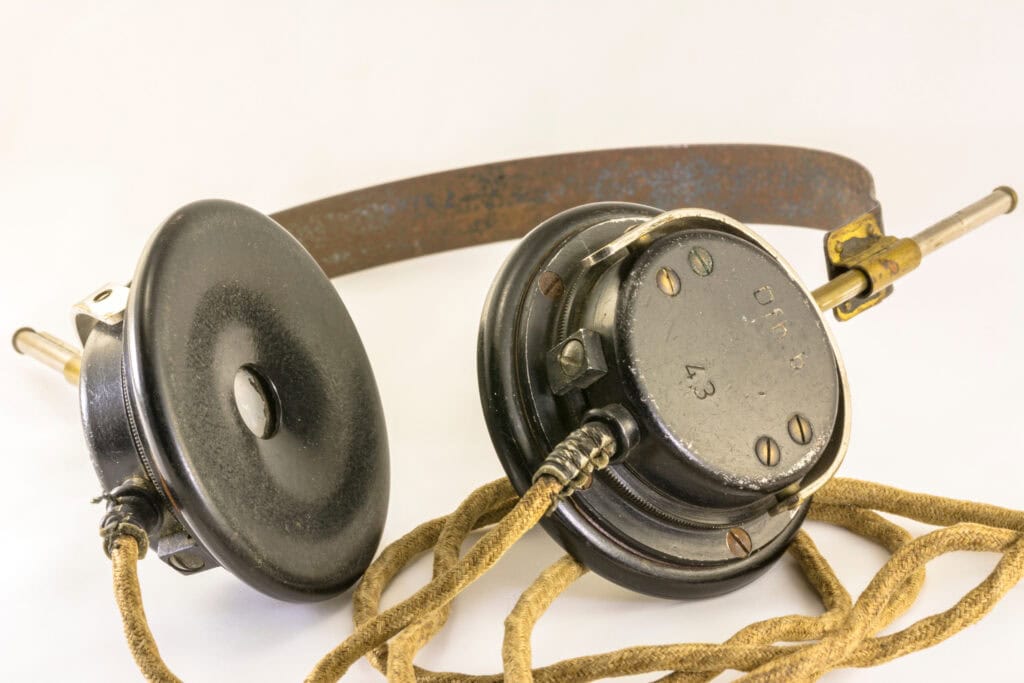HF, VHF and UHF: What does it all mean ?
HF, VHF and UHF: What does it all mean ?

Understanding what each of these mean and how they differ from one another can ensure you get the communications solution that is appropriate for your needs.
From the names of companies to the titles of products, abbreviations are the norm in today’s fast-paced, shorthand environment. Some spaces and industries use abbreviations more liberally than others. Radio communications systems are certainly one of them. Whether it’s the PRC-4090 HF Rapid Field Deployment System or the PRC-2082 mobile package, Barrett Communications’ product pages are filled with abbreviations.
While it is not necessary to know what most of these stand for, there are several that are useful to know about: HF, VHF and UHF. Understanding what each of these mean and how they differ from one another can guide your purchase so you get the communications solution that’s most conducive to your profession, mission or upcoming journey. Aside from their spelling, the main differentiator between them is how each type of radio wave travels.
HF: High frequency
HF radio occupied the lower end of the radio wave spectrum between 1.5 and 30MHz for the Barrett radio products. HF radio propagation is achieved in several ways including Ground Wave for direct communication up to several hundred km and Sky Wave for greater distances by bouncing off the earth’s ionosphere multiple times.
HF radio signals can be sent over thousands of kilometers and received both successfully and reliably, even with tall buildings or massive mountain ranges lying in between. Due to the lower frequency, the available bandwidth is narrow and data transmission rates are restricted. HF radio propagation is most effected by electrostatic interference from multiple sources like industrial machinery and atmospheric conditions like electrical storms.
VHF: Very high frequency
VHF radio waves operate the frequency spectrum 30 to 300 megahertz. They’re ideally suited for scenarios in which transmitted radio waves don’t exceed 160 kilometers (100 miles). Terrestrial radio broadcasts and two-way land mobile radio systems leverage VHF bands because transmissions are unlikely to be distorted by atmospheric noise or disturbances, provided that the traveling distance is equal to or less than 160 kilometers. VHF propagation relies on direct line of sight with some degree of penetration through buildings etc.
UHF: Ultra high frequency
Last but not least is ultra high frequency. Despite the “ultra” adjective, UHF radio waves are the shortest of the three in terms of range UHF radio waves are best for short distances where good penetration through buildings etc. is required. Typically, UHF propagation is no more than a few kilometers as direct line of site, as opposed to thousands of km in the case of HF. As such, UHF is best for near field urban operations.
HF, VHF and UHF are all great bands that have their strengths and weaknesses. Barrett Communications can provide the information and the radio equipment that is best for your needs. Contact us today to learn more about our solutions.






